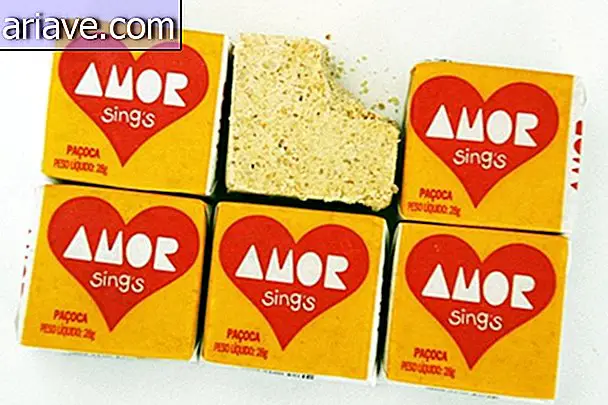5 Signs Indicating That Vampires Could Exist
Everyone knows vampires don't exist, do they? However, have you noticed the amount of news and stories circulating around these blood-sucking dark creatures? In fact, lately it seems that these beings are everywhere! These are books, games, movies, serials ... it all doesn't make you wonder if they really don't exist?
With that in mind, we decided to gather some clues that could serve as evidence for the existence of vampires. So be sure to surround yourself with lots of garlic cloves, crucifixes, a hint of holy water, and check out the following signs:
1 - Sinister Tombs

You may not believe in vampires, but in the past these beings were really feared and people did pretty crazy things to make sure they wouldn't get out of their coffins. And there is no shortage of sinister graves to prove how serious this matter was. Just last year, Bulgarian archaeologists discovered several medieval tombs in which occupants had pegs embedded in their bodies, as well as tied legs and arms.
Another example was graves found in Poland whose skeletons had skulls positioned between their legs, a common practice to keep the dead from returning to terrorize the living. And these weren't the only tombs with sinister occupants ever found! Other medieval cemeteries throughout Europe also contain specimens, and almost every year a new "former vampire" is unearthed.
Of course, the poor poor people who were buried under these conditions - probably - were not vampires. The problem is that tuberculosis was a common disease in the Middle Ages, and some of its symptoms were pallor and weight loss, and at the time Europeans believed that vampires were responsible for spreading the disease.
2 - The True Count Dracula

Although Dracula is just a fictional character, his creation was based on a real man. Known as “Vlad the Impaler”, the bad guy was responsible for the deaths of over 100, 000 people - between impaled and burnt alive. Another custom of the wicked was to invite unsuspecting people to banquets, and then impale everyone and taste pieces of bread soaked in the blood of their victims. Kind of vampire, don't you think?
Vlad received the surname Dracul - or "Dragon" - from his father thanks to his affiliation with a Christian military organization called the Order of the Dragon. Therefore, unlike the fictional character, Vlad was a warrior who fought for his faith and was not shaken by crucifixes or holy water. He was killed by the Turks in the 15th century during a battle, his body was beheaded and his head was exposed on a stake at the sultan's command.
3 - Forever Young

As you know, vampires don't age and have some superpowers. For recent studies have pointed out that the secret of longevity may lie in the blood of others. Experiments with mice have shown that after older animals were transfused from younger animals, older mice showed improved memory, smell and physical strength. Do these characteristics sound familiar?
Apparently responsible for these effects is the GDF11 protein present in the blood of younger mice, and instead of encouraging our planet to be populated by vampires, the researchers hope to apply the discovery to treat age-related conditions such as Alzheimer's., for example.
4 - Real disturbances

From the "Twilight" saga gang to Dracula and other famous vampires, all of them have been described with a number of common features such as disfigured features and violent behavior. For porphyria is a genetic disorder that causes the accumulation of red and purple pigments in the body, and can cause deformation of the skin and face of carriers.
Porphyria can also trigger mental problems that, in turn, can cause patients to exhibit aggressive or bizarre behavior. A famous character bearer of the disease was King George III of England, who suffered from frequent hallucinations and tantrums, earning him the nickname "Mad King". Today many researchers claim that porphyria was one of the major influences in the creation of folklore associated with vampires.
5 - Skirt Dracula

If you think “Vlad the Impaler” was an extremely malevolent being, then get ready to meet his female version. Elizabeth Bathóry, who we already talked about at Mega Curioso, was a Hungarian noblewoman who earned the nickname of "Blood Countess" after torturing and murdering an estimated 650 people. Most of the victims were young girls she hired as maids, but ... poor things!
For years, the noblewoman beat, burned and maimed the young women, and even let some freeze to death in the cold of winter. That's because Bathory already knew what today's researchers found out about mice - see item 3. The countess believed that the blood of the younger ones would help her stay young forever, so she not only drank but also drank. your blood.
***
So, dear reader, what did you think of the story about the signs that indicate vampires could actually exist? We hope you enjoyed this little joke we have prepared for you!











